Buying BT SD-WAN:
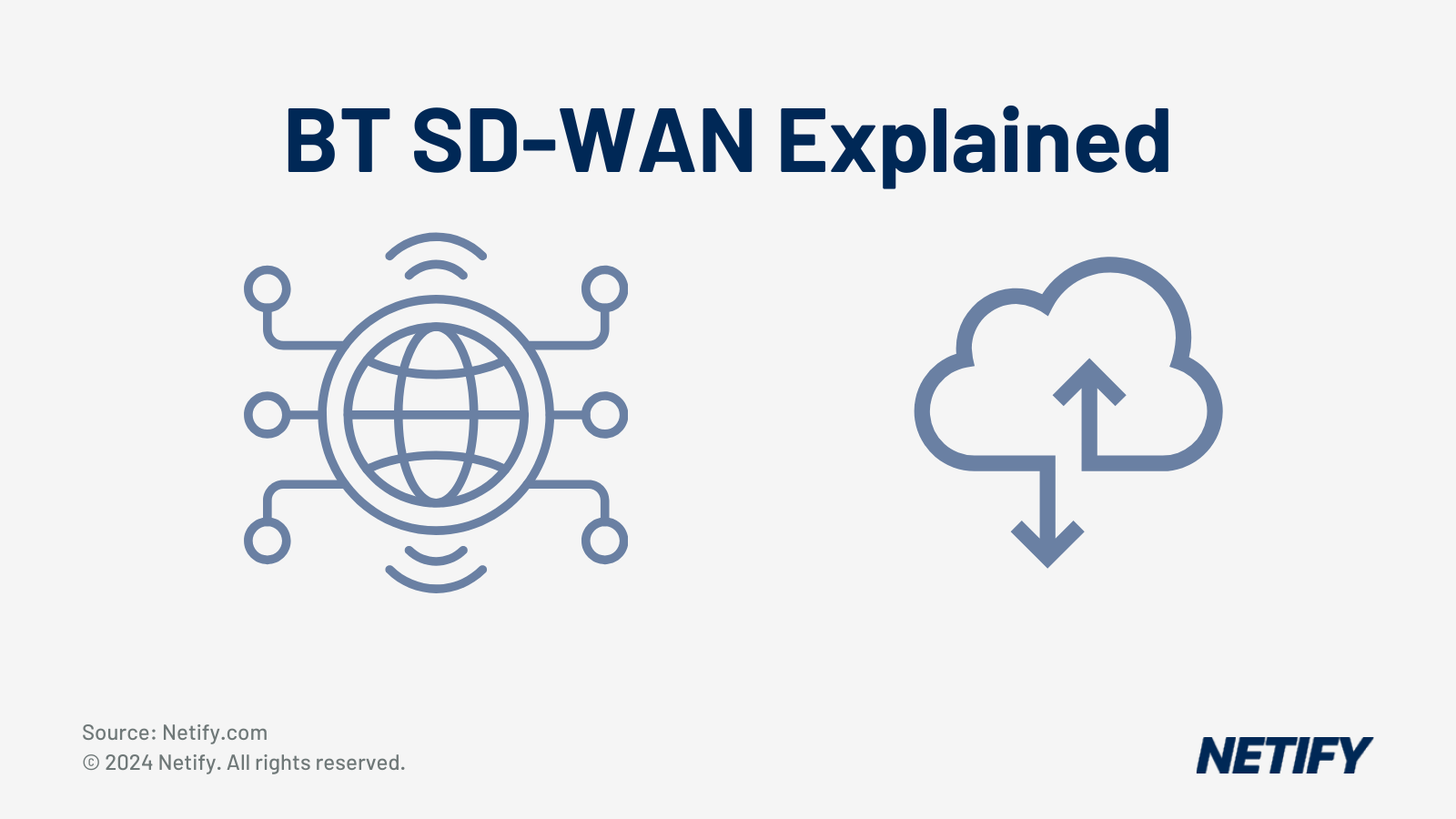
What is BT SD-WAN and Why Are Businesses Switching?
BT’s SD-WAN offering sets itself apart from other SD-WAN providers via their tighter integration with their own UK network infrastructure (BTnet leased lines, SoGEA broadband and FTTP fibre), wrapping all of these into a single managed service with combined billing and support. Given this, BT SD-WAN is beneficial by providing everything, rather than your business sourcing connectivity separately - meaning that when things go wrong, there can be no finger-pointing between overlay and underlay providers about who's responsible. BT's end-to-end ownership means they monitor and maintain the entire stack - from the physical circuits through to application performance, with this approach minimising potentially costly delays.
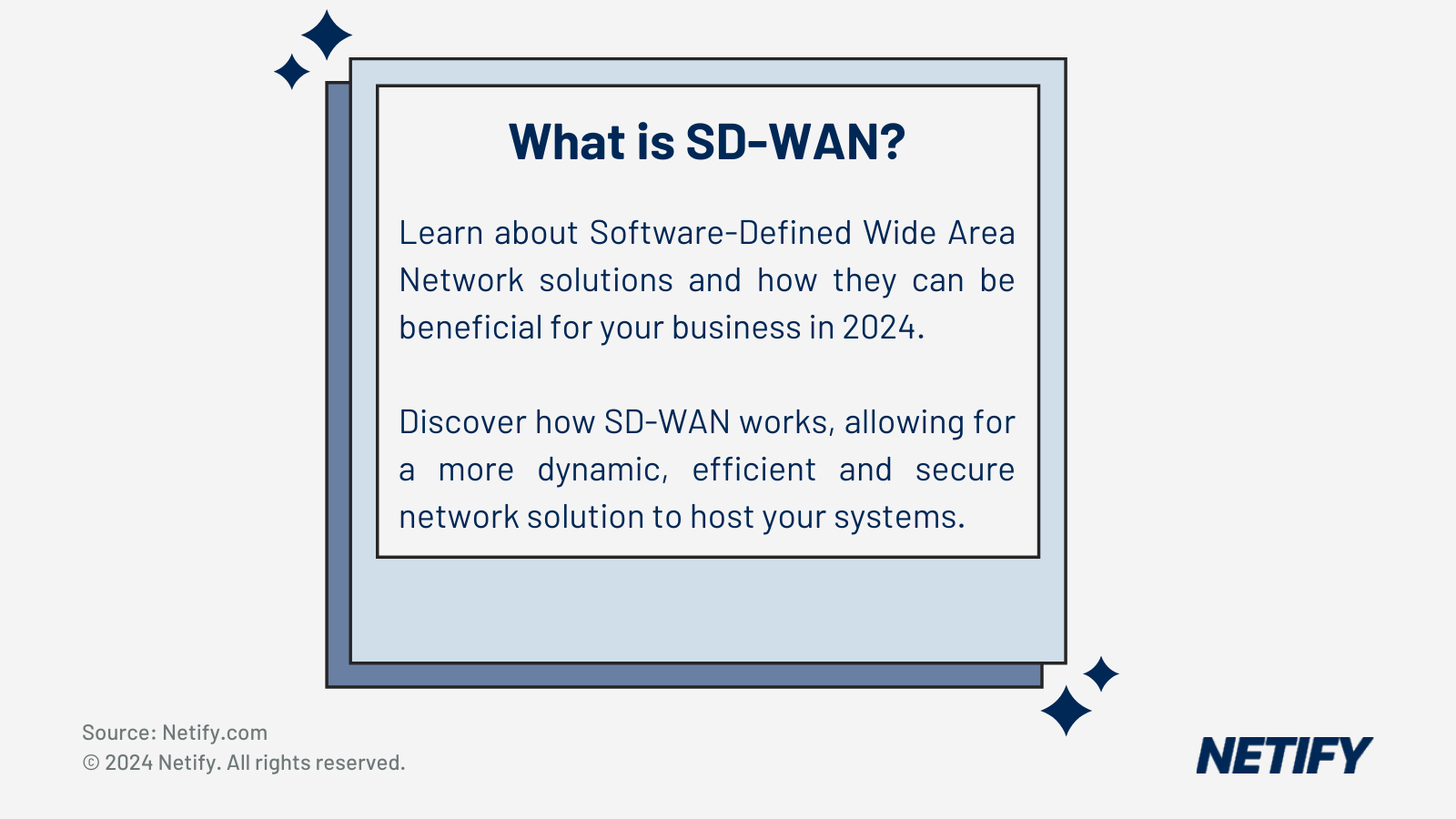
For a deeper dive into What is SD-WAN, we'd recommend reading this first.
Why SD-WAN and not MPLS?
The shift away from MPLS is driven by practical limitations. MPLS was designed when applications lived in data centres and traffic patterns were predictable. Today's businesses need direct internet breakouts to allow cloud use cases, quicker branch connectivity (sites can be added in weeks rather than the 12-week lead times typical of MPLS) and remote/hybrid workforces.
With the rise of Software-as-a-Service (SaaS) and cloud applications across all industries, backhauling cloud-bound traffic through central data centres has never been more unnecessary, often causing latency and creating bottlenecks that hinder your business’ productivity. SD-WAN's local internet breakout capabilities allow direct cloud access (whilst maintaining security through integrated firewalls and inspection) to get around this and, when you pair this with how MPLS circuits command premium pricing, particularly for higher bandwidths, it’s clear why businesses choose SD-WAN over MPLS.
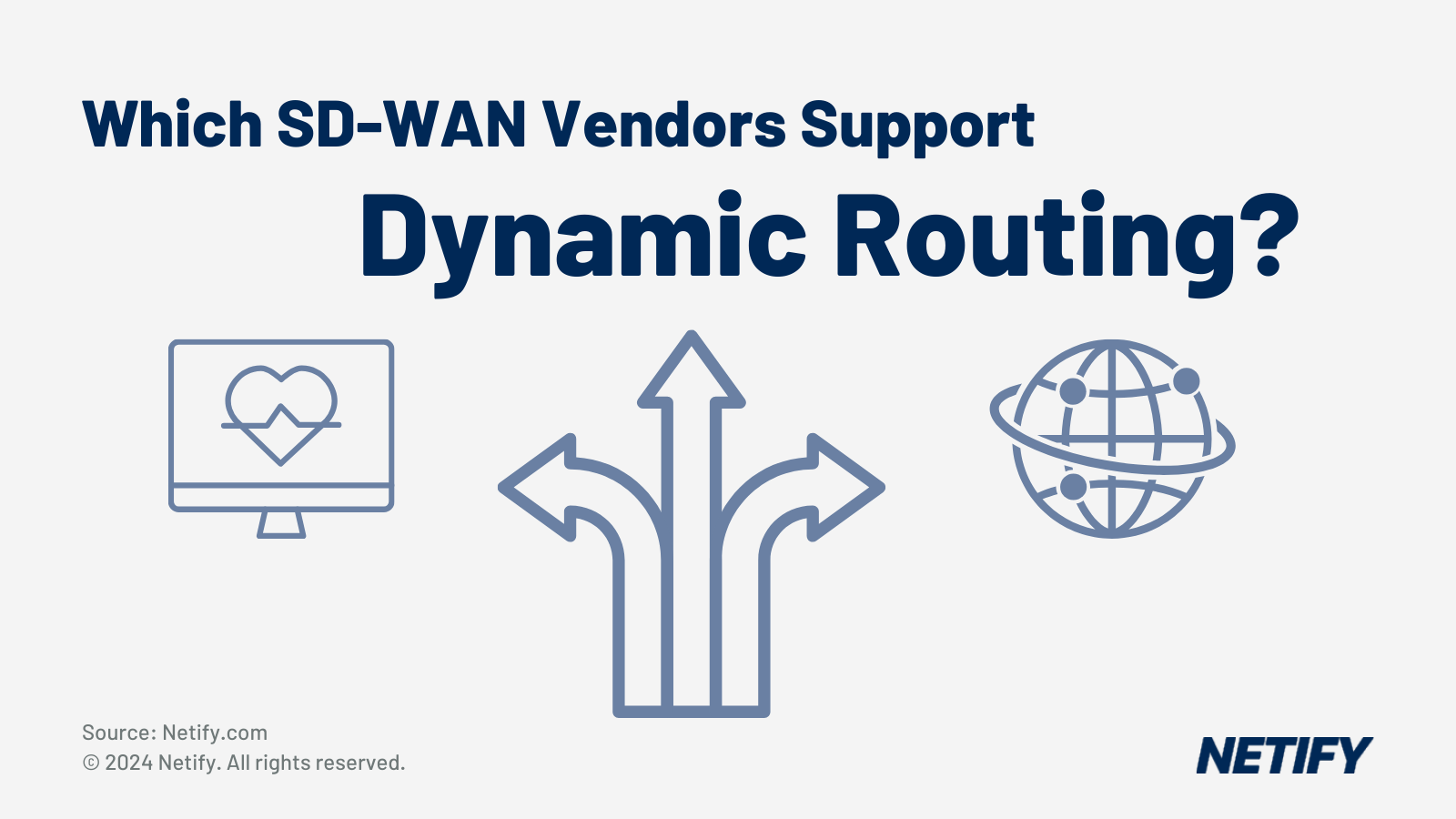
Related Post: Which SD-WAN Vendors support Dynamic Path Routing
How is BT SD-WAN Delivered?
BT’s SD-WAN is delivered as a fully managed service model, though offering a level of co-management functionalities. As to be expected, BT handles everything for the underlying connectivity (including MPLS, internet broadband, 4G/5G mobile networks and dedicated circuits). During setup, BT deploys SD-WAN edge devices across your sites that thenroute traffic across available connections and connect up to the centralised orchestration platform, allowing both BT and your business to configure, monitor and manage the entire network from a single point.
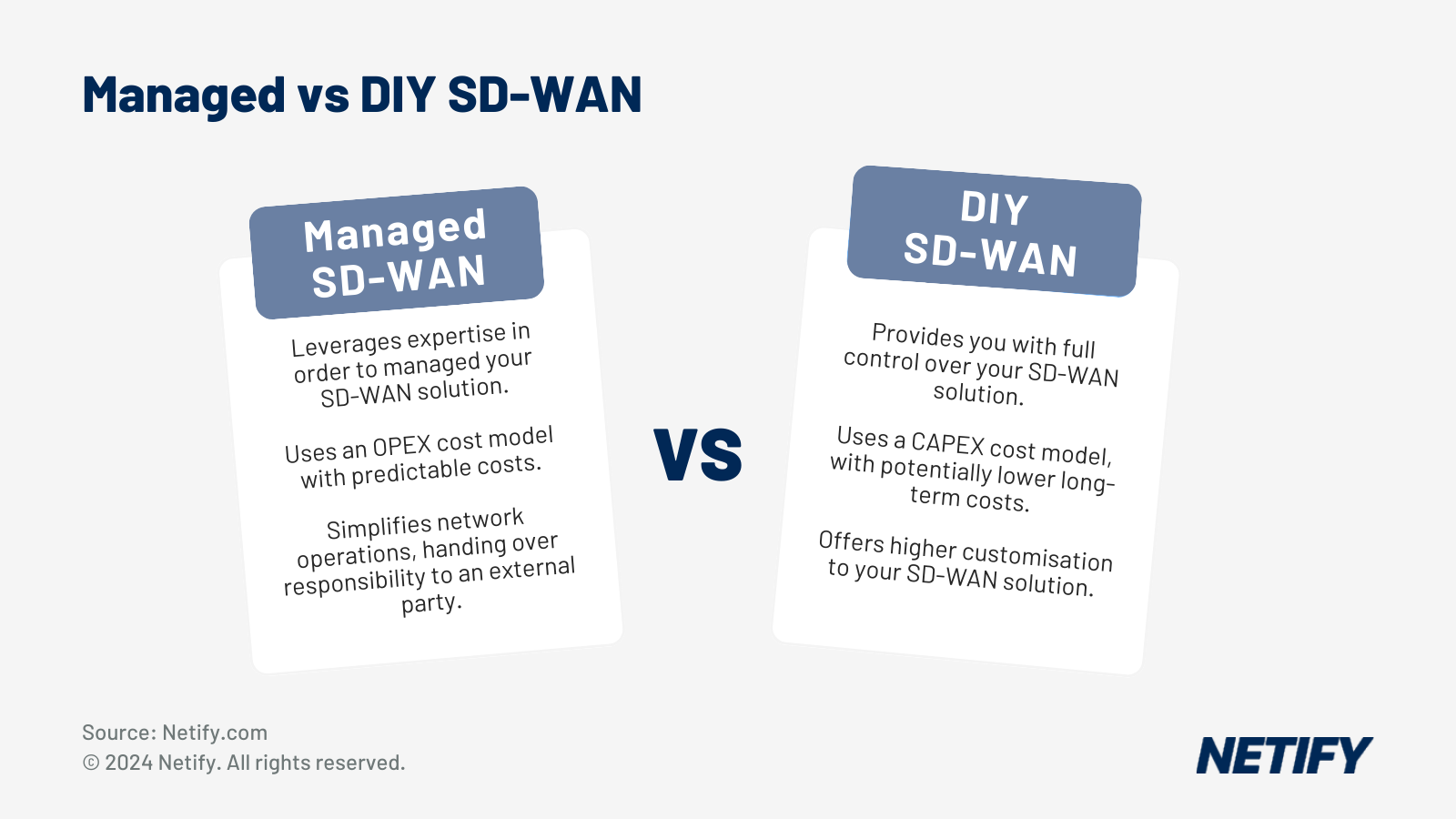
BT handles the full design, deployment and ongoing management, which can include site surveys, equipment installation, configuration and 24/7 monitoring/support. One of the key elements of BT’s SD-WAN offering is that BT's architects create tailored designs addressing your specific needs rather than deploying template configurations, ensuring your business gets the service it needs.
Post-deployment, BT's Network Operations Centre provides continuous monitoring with proactive alerting, protecting your network against performance degradation, security events or circuit failures - each of which trigger automated responses and, where necessary, engineers will resolve deeper issues. To minimise these risks, BT also conducts regular service reviews, analyse trends, identify optimisation opportunities and ensure the solution continues meeting your business requirements; which can be especially handy if your business is likely to continually grow or change business priorities.
Their managed service also extends to software updates and security patching, with BT managing firmware upgrades across your entire SD-WAN network, testing updates in lab environments before production deployment and minimising the burden of tracking vendor release cycles, assessing security vulnerabilities and scheduling maintenance windows.
What are the Installation Times and SLAs for BT SD-WAN?
Whilst installation times can vary depending on site complexity and connectivity requirements, we’ve noted that sites with existing BT infrastructure can typically be deployed within 4-6 weeks and those requiring new circuit installation around 8-12 weeks. One of the key determinants for time-to-launch is physical connectivity provisioning, with FTTP and SoGEA circuits installing faster than traditional leased lines (though it’s worth noting that availability varies by location).
BT's UK and Global Internet backbone offers SLAs covering latency, jitter and Mean-Time-to-Repair (MTTR), with commitments varying by connectivity type and service tier. Further to this, their leased line services feature 100% target availability with money-back guarantees if commitments aren't met, whilst broadband services typically offer lower availability targets but provide cost-effective resilience when deployed alongside primary circuits.
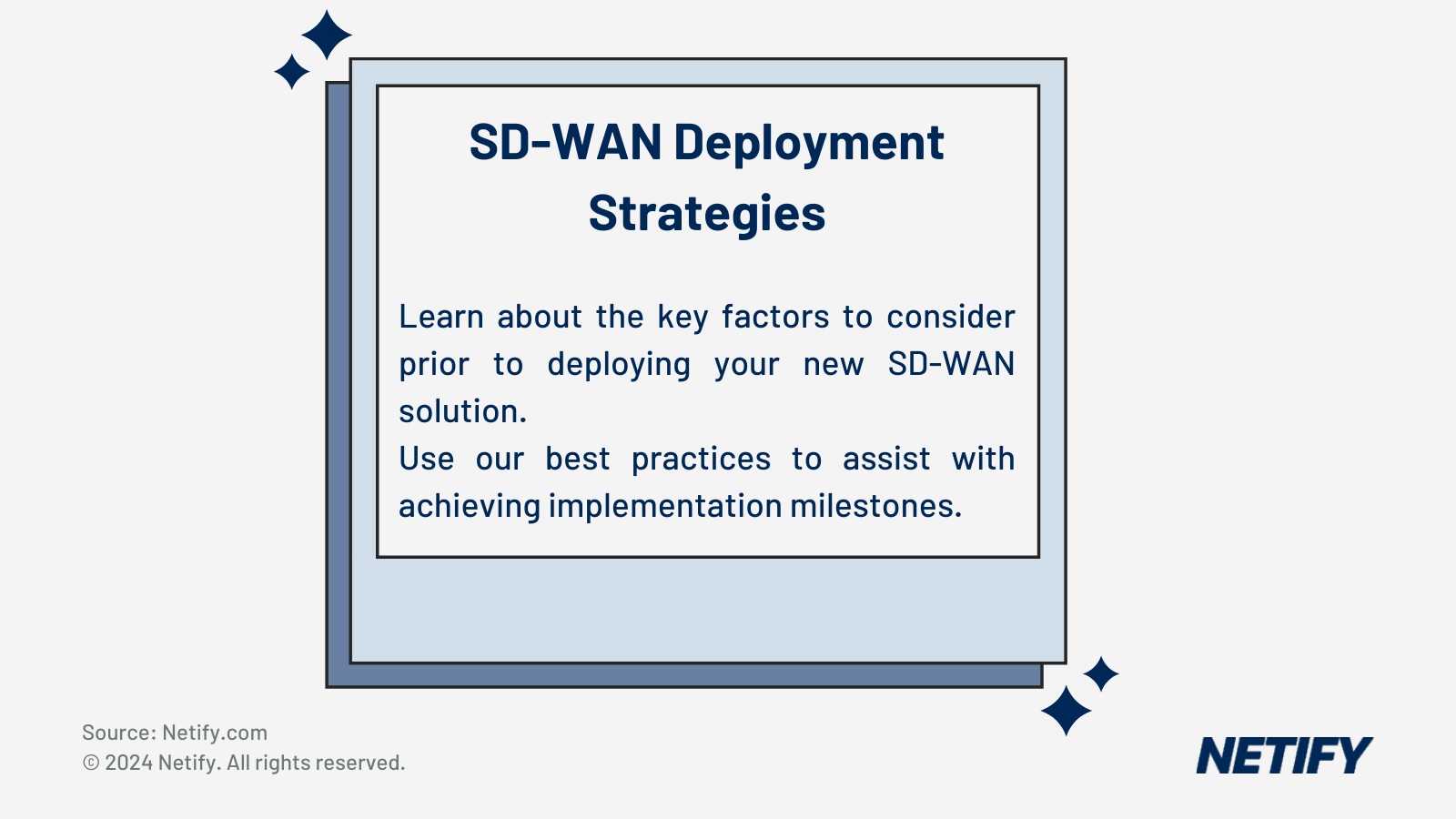
Deep Dive: We've covered different SD-WAN Deployment Strategies here.
What Does BT SD‑WAN Cost and What’s Included?
As with most SD-WAN solutions, costs vary based on site count, bandwidth, connectivity type and features - each vendor has different hardware costs, licensing models and capabilities.
Further to the SD-WAN platform itself, BT's pricing includes the underlying connectivity costs covering the underlying circuits, SD-WAN platform costs including hardware, licensing, and software, managed service fees for ongoing management, monitoring, support and security services where advanced features beyond baseline capabilities are required.
What Are My Management Options - Fully Managed vs Co‑Managed?
BT SD-WAN comes primarily as a managed service but can be co-managed.
For organisations with limited network resources, BT's fully managed service handles setup, maintenance, software upgrades and proactive management throughout the contract. Even with fully managed services, IT teams still have access to customisable dashboards to monitor application usage, performance and security threats, providing some level of co-management capabilities. On top of this, visibility into the platform also enables informed conversations about business requirements without requiring deep technical expertise in SD-WAN administration.
Co-managed services suit organisations with capable networking teams who prefer maintaining control over policy configuration and day-to-day changes whilst offloading routine operational tasks to BT's experts. Under co-managed arrangements, customers typically handle policy modifications, application prioritisation changes and user-facing troubleshooting, whilst BT manages platform maintenance, security updates, capacity monitoring and infrastructure-level issue resolution.
However, it’s worth noting that regardless of the chosen model, switching is allowed later down the line. Businesses initially choosing fully managed services might develop internal capabilities warranting transition to co-managed arrangements. Conversely, organisations facing resource constraints or strategic shifts might transition from co-managed to fully managed services.
How Does BT SD‑WAN Integrate with BT Cloud Voice and Collaboration?
We’d argue one of the biggest benefits of utilising BT SD-WAN alongside BT Cloud Voice is that, when voice quality issues arise, BT's support teams have complete visibility across both voice and network infrastructure, allowing quicker resolutions regardless of which medium is causing the issue.
In the event sites do lose primary underlay connectivity, Cloud Voice services automatically reroute through backup circuits without manual intervention via BT SD-WAN and, further to this, the integration maintains consistent security policies across voice and data traffic.
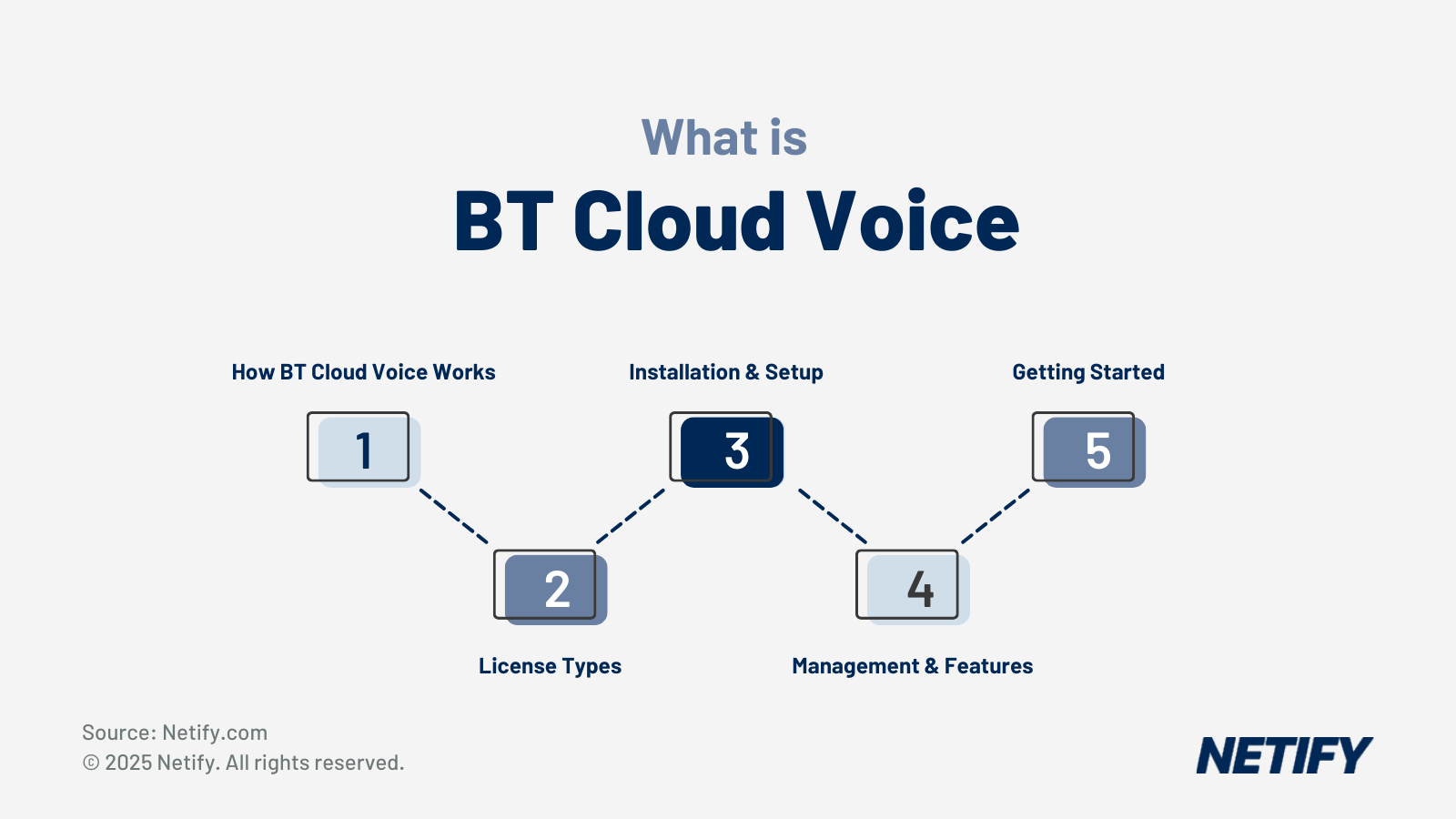
Explained: What is BT Cloud Voice
Finally, whilst not exclusive to BT’s SD-WAN service, application-aware routing and Quality of Service (QoS) ensure communications receive dedicated bandwidth and low latency, preventing jitter and packet loss that cause call quality to degrade.
What Happens to My Existing MPLS/VPLS Network? (Migration for Existing Customers)
BT utilises a phased migration approach that prioritises business continuity, with BT understanding that complete infrastructure replacement creates unnecessary risk and disruption. Given this, BT SD-WAN can run alongside your current MPLS/VPLS infrastructure. The SD-WAN overlay sits on top, allowing you to keep critical applications on MPLS initially, gradually shifting traffic to SD-WAN circuits and maintaining overall business continuity throughout the migration process.
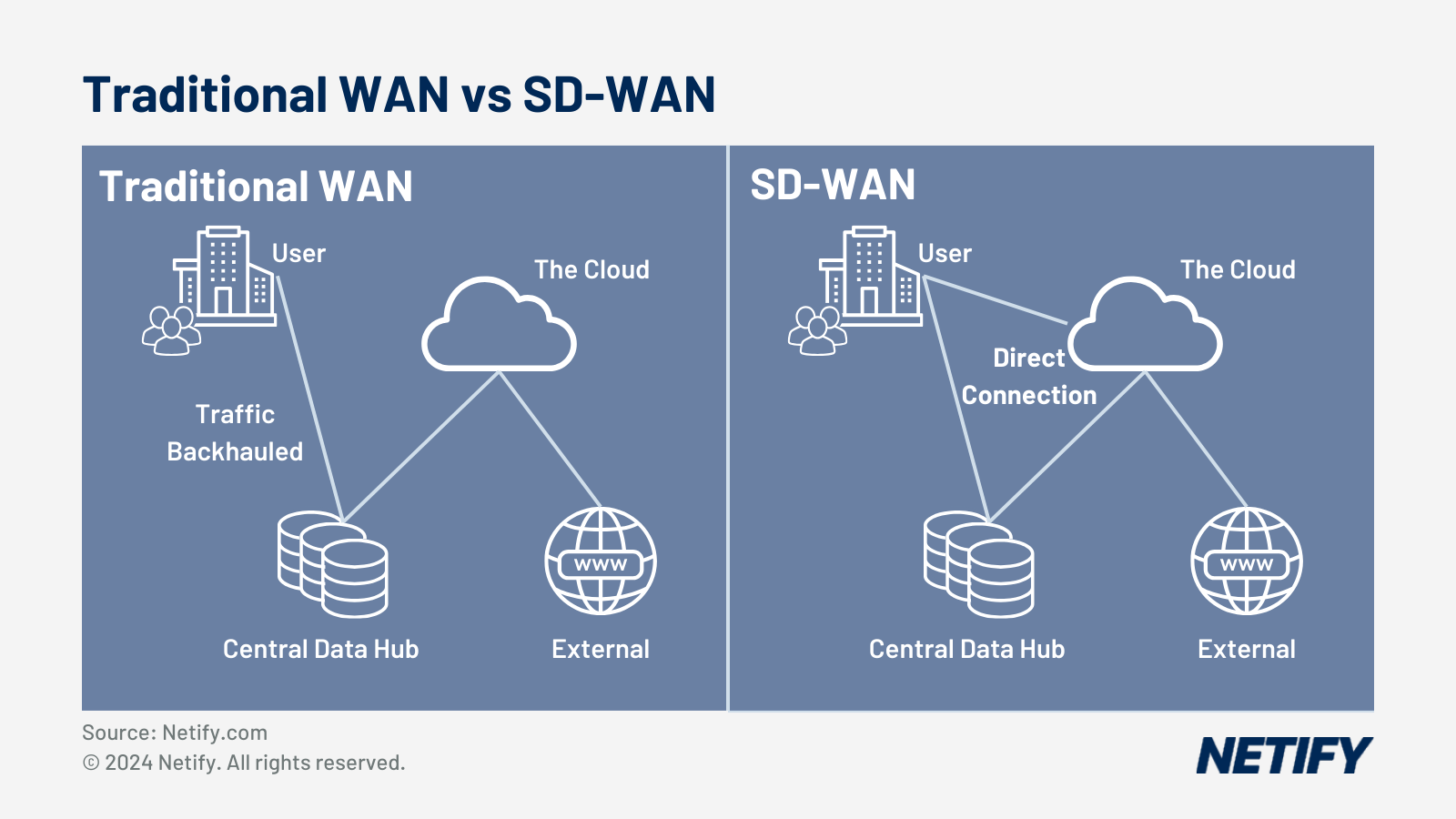
On top of this, BT's approach enables starting with branch offices or specific sites, testing SD-WAN performance with non-critical applications first and decommissioning of MPLS circuits site-by-site based on contract renewal dates.
The same BT support team manages both during transition. As MPLS contracts expire, you can reduce costs incrementally rather than facing a massive upfront investment. BT typically recommends 12-18 month migration timelines for large enterprises, though this varies based on your network complexity and contract obligations.
How Do New Customers Deploy BT SD‑WAN? (Greenfield)
For entirely new customers without existing network infrastructure, BT's greenfield deployment approach usually requires 2-4 weeks for design (dependent on complexity of your requirements).
To ensure everything is in-place prior to full deployment, BT provides a 100-point checklist and full network emulation in their labs, allowing BT to reduce risk before roll out. Once this is complete and the checklist/emulation passes successfully, BT will deploy the SD-WAN in phases, using either a single or a small set of sites to ensure tested conditions are replicated under real world conditions. As more branch offices are brought online, these will securely connect to the internet and other existing branches for data transfers.
Post-deployment, BT offers training and knowledge transfer sessions ensuring your team understands how to access monitoring dashboards, interpret performance metrics and raise support requests. Even with their fully managed services, this visibility is important as it enables more informed business decisions about application priorities and capacity planning.
Sector‑Specific Considerations
Retail organisations need resilience for POS systems - lost connectivity means no card payments and halted revenue. BT architectures typically include backup circuits at every location ensuring payment systems remain operational during failures, with seasonal traffic patterns (such as around Christmas) handled through dynamic bandwidth allocation and path selection capabilities.
For financial services, encryption compliance and latency sensitivity are often a big concern. With IPsec tunnels, BT SD-WAN can provide the required encryption tailored to specific regulatory requirements, whilst BT's backbone and BTnet circuits deliver the low-latency paths trading systems require, with QoS capabilities ensuring trading traffic always gets priority.
In the healthcare industry, the protection of patient data is an absolute must, with BT SD-WAN offering segmentation that isolates clinical systems from administrative networks and guest Wi-Fi. Furthermore, site/system uptime is critical to delivering care and clinical systems being unavailable impacts patient safety - BT's backup circuits and automatic failover ensure applications remain accessible and patient care is always serviced.
For manufacturing, we've seen a huge rise in the use of Internet of Things (IoT) devices that both require network connectivity but also pose security risks. With BT SD-WAN, micro-segmentation isolates IoT devices from corporate networks, preventing compromised sensors from enabling lateral movement of threats whilst still allowing communication with control systems.
Finally, for the public sector, BT's platforms can be configured to meet PSN requirements with appropriate security policies, encryption standards and access controls, with BT's presence on government frameworks simplifying procurement.
Why Choose BT as Your SD‑WAN Provider?
If you're still on-the-fence about BT SD-WAN, arguably the most key element is that pure SD-WAN overlay providers don’t have the ability to diagnose and solve underlay issues themselves, with BT benefitting from not relying on a third-party carrier to coordinate resolve them. This means that all network management, regardless if it's your underlay, SD-WAN overlay or even your Cloud Voice setup, can be troubleshooted through a single managed service.
Regardless of the complexity of your requirements, BT has a resolution:
- For businesses that need reliability, BTnet underlay integration provides this with 100% availability SLAs and 5 hour fix commitments.
- When regulatory issues are of greatest importance, BT’s UK based SOC and NOC capabilities enable compliance with regulations and data sovereignty requirements.
- And, a single supplier relationship simplifies procurement, billing and management.

Harry holds a BSc (Hons) in Computer Science from the University of East Anglia and serves as a Cybersecurity Writer here at Netify, where he specialises in enterprise networking technologies. With expertise in Software-Defined Wide Area Networks (SD-WAN) and Secure Access Service Edge (SASE) architectures, Harry provides in-depth analysis of leading vendors and network solutions.
Fact-checked by: Robert Sturt - Managing Director, Netify




